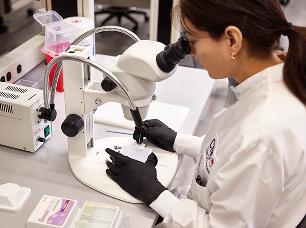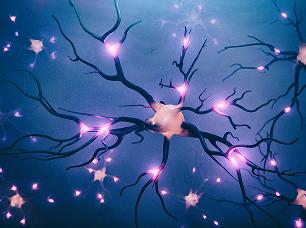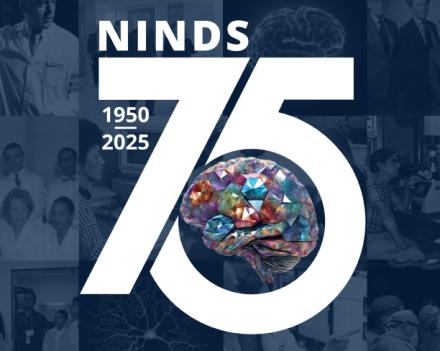75 Years of Advancing Neuroscience
The National Institute of Neurological Disorders and Stroke (NINDS) has been a cornerstone of neuroscience research since 1950.
Home » About NINDS » NINDS 75th Anniversary
Since its establishment in 1950, NINDS has played a pivotal role in unraveling the complexities of the brain and nervous system. The mission of NINDS is to seek fundamental knowledge about the brain and nervous system and to use that knowledge to reduce the burden of neurological disease for all people. Through groundbreaking research, training the next generation of scientists, working closely with people with lived experience, and improving diagnosis, treatments, and prevention strategies, NINDS continues to lead the way in neuroscience discoveries. Explore the rich history of NINDS, learn more about this incredible journey, and help us imagine the future of neuroscience!
How We Fulfill Our Mission
Most NINDS-funded research happens at universities, medical schools, hospitals, and other public and private institutions. NINDS scientists also lead groundbreaking neurological research in labs and branches at NIH. Collectively, their work at NIH spans from studying the structure and function of individual brain cells to testing new diagnostic tools and treatments for people living with neurological disorders.
NINDS continues to expand our understanding of what we know abouti the brain and nervous system to improve neurological health for all people.
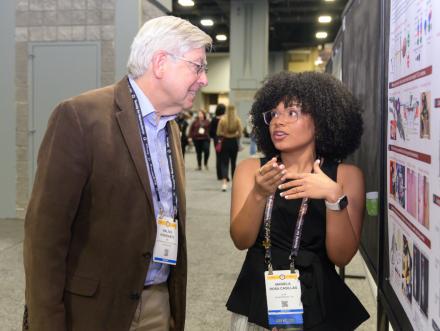
NINDS has Driven Neuroscience
Discovery for Over 75 years
Watch the Video Below to See How
Our History, Our Strides
Over the decades, NINDS has made significant advancements in understanding and treating a wide range of neurological disorders. From breakthroughs in understanding how brain cells communicate with one another to the development of cutting edge therapies, NINDS has been at the forefront of neuroscience discoveries. The institute’s commitment to translating research into real-world applications has improved countless lives.
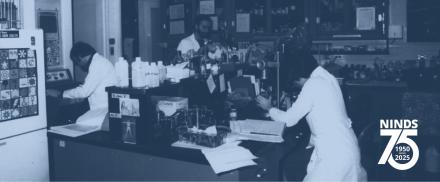
“The scientific discoveries we’ve made since our founding in 1950 have led to powerful treatments for some neurological disorders and inspired hope that, through research, better treatments will one day be available for the many still waiting. Here’s to 75 more years of neuroscience improving health for all people.”
For three quarters of a century, NINDS has promoted and supported research into the brain and nervous system.
From breakthroughs in enzyme replacement therapy for rare genetic diseases to optimizing deep brain stimulation for epilepsy, this research has advanced our understanding of how the brain works and paved the way for effective treatments that improve lives.
Explore NINDS's Discovery Milestones


